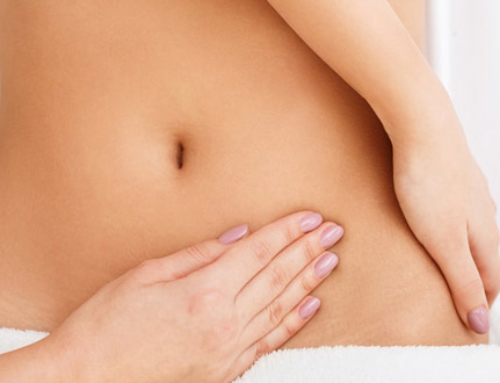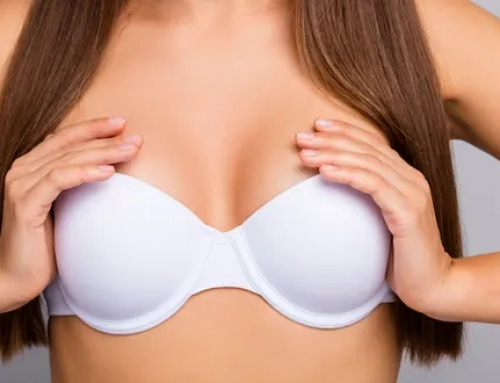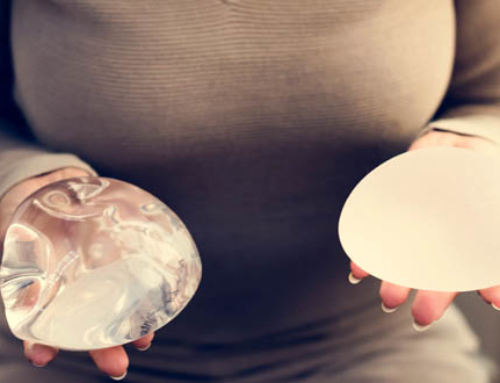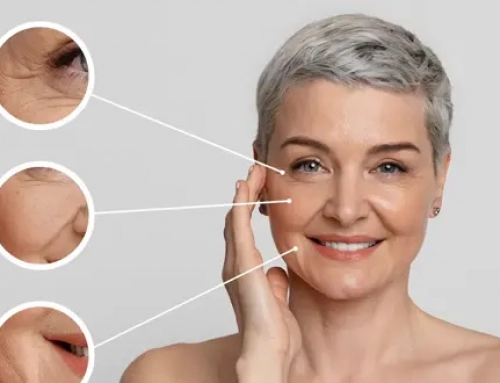Fat grafting breast augmentation is now a well mastered surgical technique. Surgeons all around the world have a lot of information about the procedure as well as the grafted fat’s behavior after being transferred. Here is what patients considering this surgery should know.
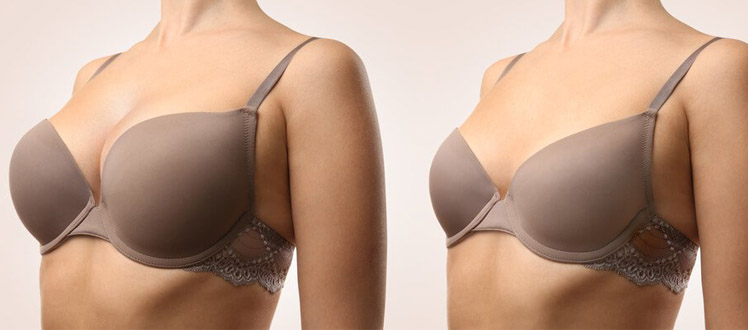
Fat grafting breast augmentation : more durable, precise and predictable
Improving the result of fat grafting breast augmentation
Specialists have a better understanding of fat cells metabolism today, which has allowed to improve every step of the fat grafting procedure : harvesting, centrifugation and injection. Thanks to that, results are better and more predictable in terms of graft survival. Fat harvesting sites have to meet certain quality criteria where fat can be harvested in sufficient quantity. Fat is harvested with a thin cannula in order to favor small sized cells with a better survival rate rather than delicate large cells.
Selecting and preserving fat cells during the fat grafting procedure
Fat is harvested with a soft liposuction procedure in order to avoid any damage to growth factor (protein substance controlling and stimulating cell multiplication, which is a condition to the success of the graft. In order to avoid breaking down cells with pressure, the centrifugation phase is shorter than it was before with smaller syringes. Fat injections are made on multiple planes with small volumes delivered at different depths. These details of the procedure require time and care, but they are necessary to offer better results (70% to 90% survival rate).
Fat transfer does not increase the risk of cancer
Studies have shown that since the procedure was introduced in the field of cosmetic surgery, it does not increase the occurrence of breast, neither does it prevent breast cancer screening. Grafted fat cannot be mistaken with potentially carcinogenic nodules as radiologists know how to screen augmented breasts.

